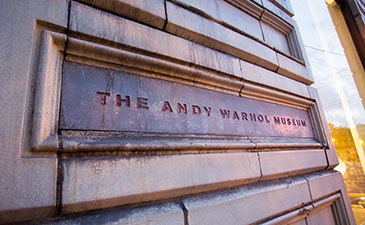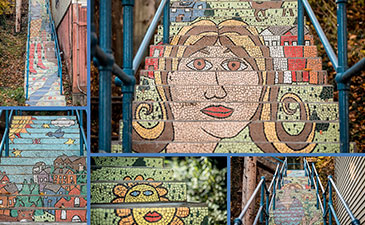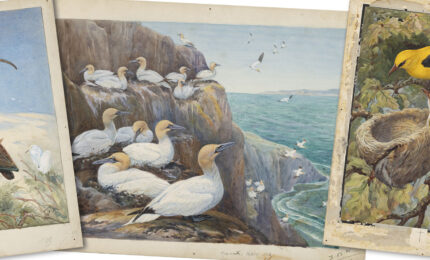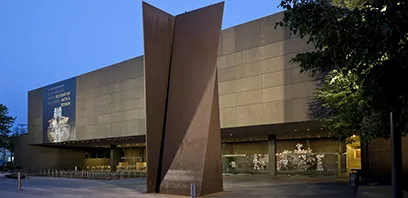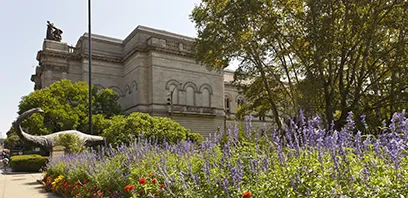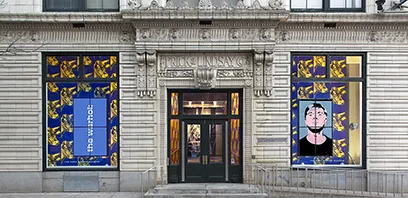1
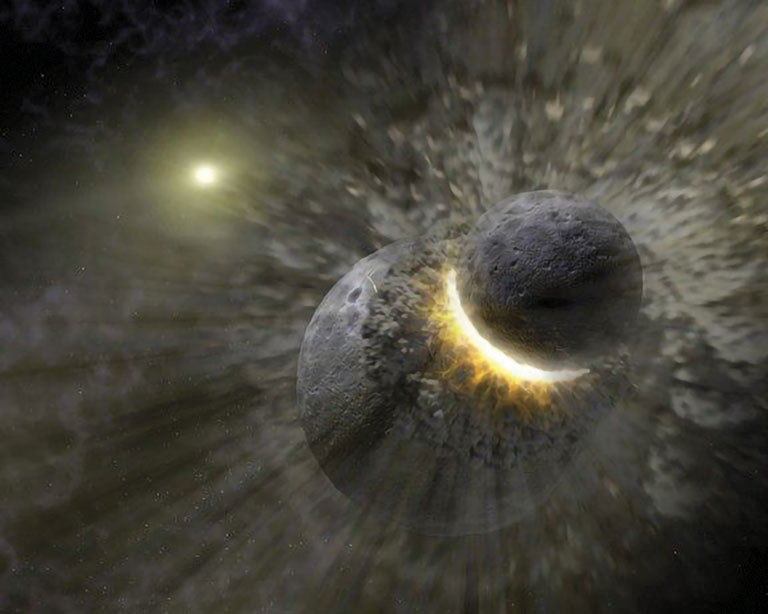
What’s all that powdery “soil” on the surface of the Moon? It’s actually pulverized rock created by meteorites smashing onto the Moon’s surface.
2
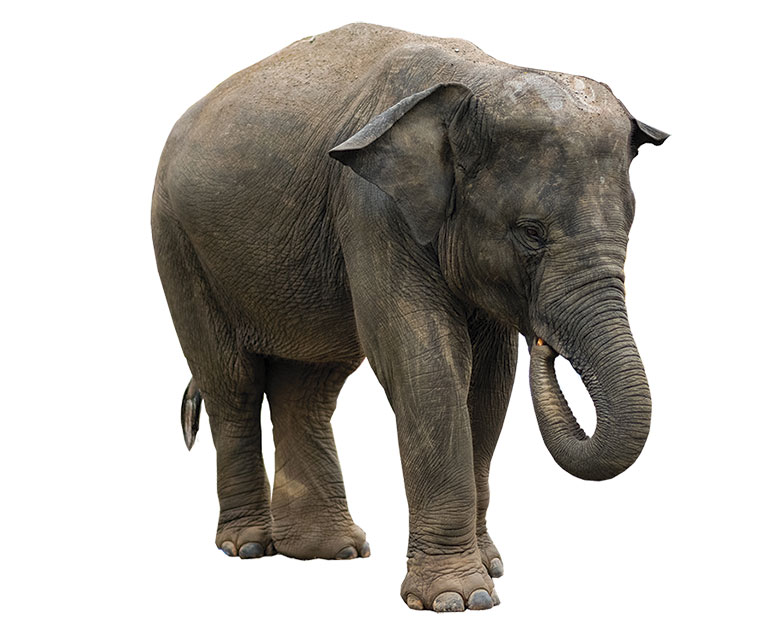
Many children suck their thumbs, but humans aren’t the only species with this habit. Elephant calves suck their trunks, and for the same reason—both are natural reflexes that are used for comfort.
3

This April marks the 70th anniversary of when results from the first viable polio vaccine were announced. The vaccine was tested and developed by Jonas Salk, a professor at the University of Pittsburgh School of Medicine.
4
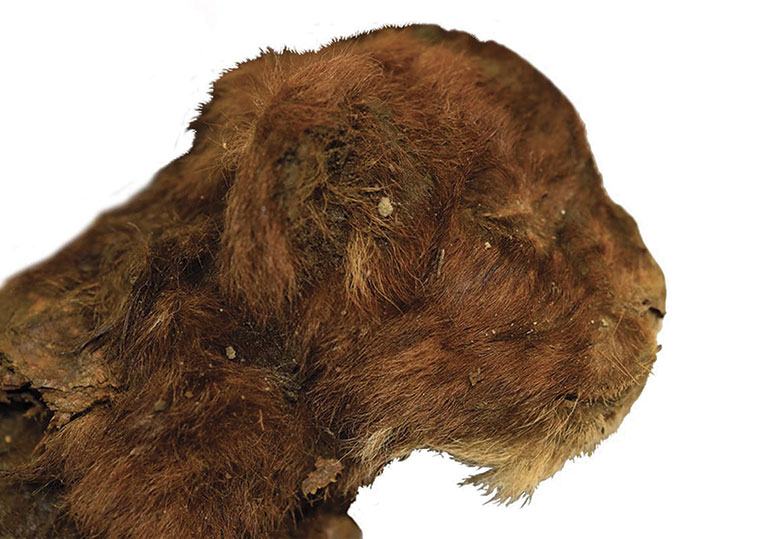
Paleontologists have long wondered what saber-toothed cats really looked like, since all they had to go on were fossilized bones. That changed last year, when researchers revealed the discovery of a 32,000-year-old frozen, mummified cub in the Siberian permafrost, providing the most comprehensive picture yet of the apex predator.
5

Artificial intelligence (AI) is revolutionizing how humans shop, work—and, now, how we create art. A portrait of the British mathematician Alan Turing created by an AI-powered humanoid robot sold at auction last year for nearly $1.1 million. Turing is known as the father of modern computer science and an early contributor to the field of AI.
